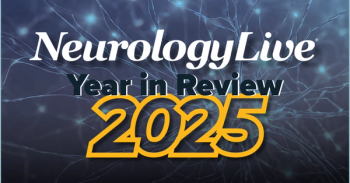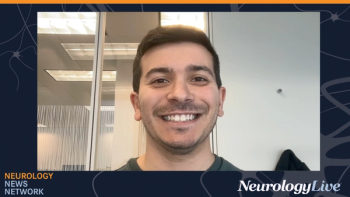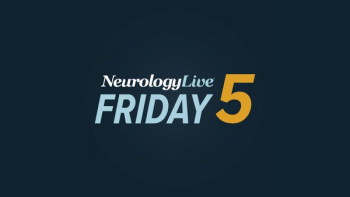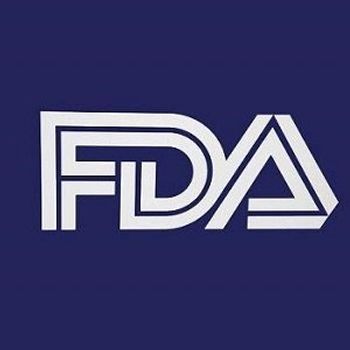
|Slideshows|March 23, 2017
ACC 2017: Late-Breaking Clinical Trials
Author(s)Samantha J. Peterson
Research includes safety of digoxin with atrial fibrillation, comparison of cerebral embolic protection devices, and cerebral microbleed triggers.
Advertisement
Presentations during the Late-Breaking Clinical Trials session at the American College of Cardiology’s Annual Scientific Sessions included a safety investigation of digoxin use in patients with atrial fibrillation, a study of two embolic protection devices and their abilities to prevent stroke and brain infarcts, and possible triggers of cerebral microbleeds during transacatheter aortic valve replacement.
Newsletter
Keep your finger on the pulse of neurology—subscribe to NeurologyLive for expert interviews, new data, and breakthrough treatment updates.
Advertisement
Advertisement
Advertisement
Trending on NeurologyLive - Clinical Neurology News and Neurology Expert Insights
1
NeurologyLive® Year in Review 2025: Most Impactful FDA Decisions
2
Wnt/β-catenin in Multiple Sclerosis: A Nuanced Approach to Remyelination
3
Assessing Antisense Oligonucleotide Apazunersen in Pediatric Angelman Syndrome: The Aspire Study
4
NeurologyLive® Year in Review 2025: Conference Coverage Recap
5




